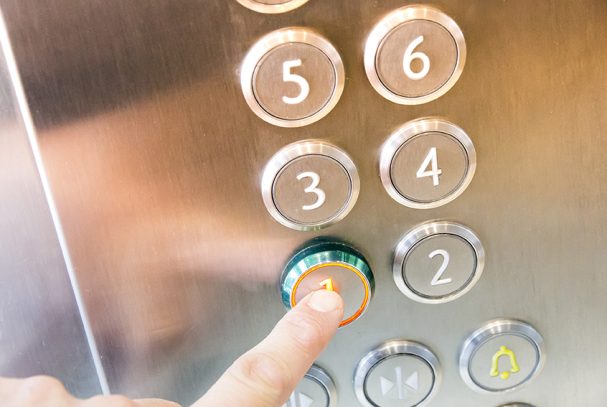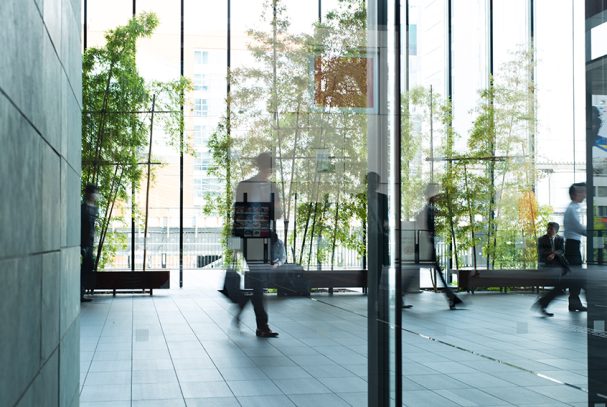Environmental certification systems have been one of the tools of the sustainable development of real estate for nearly 30 years. As the importance of sustainability is increasing across the real estate sector, different environmental certifications are becoming more common as well.
“According to a survey conducted by KTI Property Information Ltd, up to 60 per cent of real estate investors and owners say that the amount of environmentally certified sites owned by them will increase in the coming five years,” says Heli Kotilainen, Director of Sustainability at Granlund Consulting. “Environmental certifications are more and more closely connected to the different phases of property design, construction and maintenance.”
BREEAM Most Common in Europe, LEED Most Common Globally
Environmental certifications provide an external confirmation to the environmental efficiency of a property, for example, when designing or deploying a project. Having unified criteria for the certifications enables comparing properties both regionally and globally.
“The British BREEAM is the most popular certification system in Europe, and a design-stage BREEAM has been granted to over 50 new buildings in Finland, and an in-use stage BREEAM, too, for as many,” says Kotilainen. “The American LEED, on the other hand, is the most common environmental certification system in the world. Global comparability is its finest asset, and it is used in over 130 countries. Approximately 120 LEED projects have been carried out in Finland.”
New Focal Points for New Certifications
The use of certifications is expanding from individual sites to the analysis of entire areas, such as city districts.
“Regional certifications help us develop as pleasant, healthy, and diverse areas as possible,” says Kotilainen. “The LEED Neighborhood Development certification has not yet been used in Europe, but there are some BREEAM Communities projects already going on in Finland.”
The newest certification system, the WELL Building Standard, is particularly invested in the well-being of property users.
“The first WELL project in Finland was initiated at the Granlund headquarters in Malmi,” says Robert McGrath, Senior Consultant at Granlund Consulting and the first accredited WELL AP in Finland. “The WELL certification categories include, for example, air, light, and nourishment, and its objective is to improve the health and comfort of property users, and consequently, the performance.”
The most common categories in environmental certifications:
• Sustainable land use and environment
• Energy
• Water
• Health, safety, and good indoor conditions
• Transport
• Resource efficiency and environmental effects
• Project management
• Innovations
Granlund Consulting will present a compact information package about environmental certifications as a webinar (in Finnish) on 8 August 2017 at 10–10:15 am. Register here!
Further information:
Heli Kotilainen
Director, Sustainability
Granlund Consulting Oy
tel. +35840 579 3611
firstname.lastname@granlund.fi



